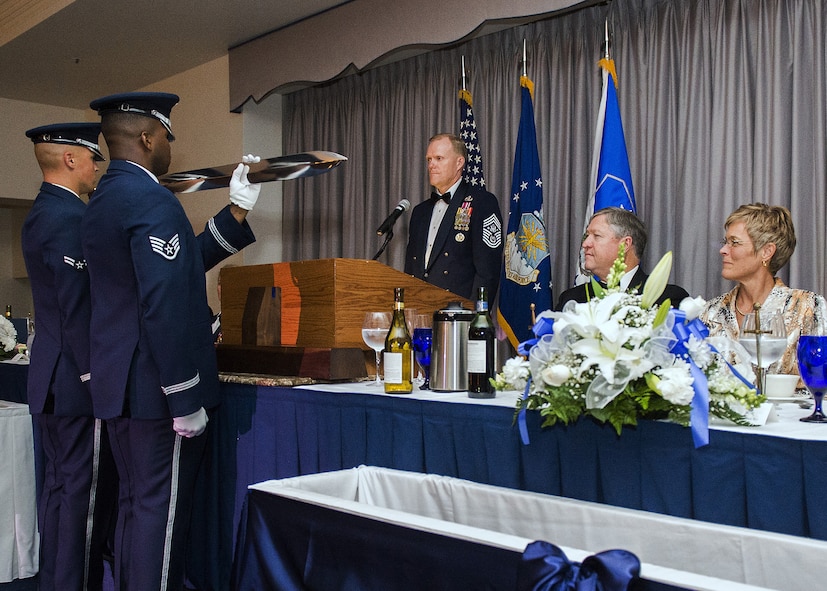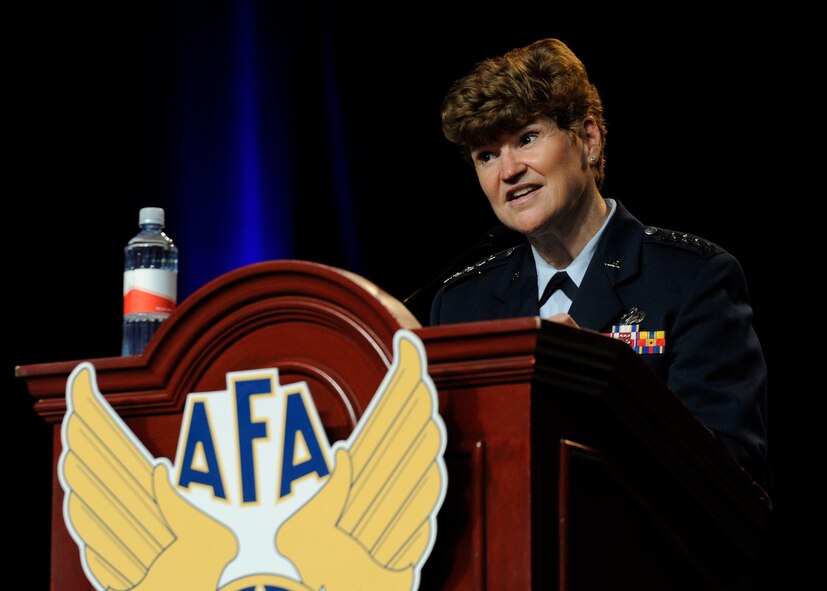By Cheryl Pellerin
American Forces Press Service
WASHINGTON, Sept. 18, 2013 – Though 2012 was a banner fiscal year
with $69.1 billion in foreign military sales, that program and others
like it are not in the business of selling equipment, but rather are
promoting military-to-military relationships with international
partners, a Defense Security Cooperation Agency official said here
yesterday.
Speaking at a ground robotics symposium hosted by the National
Defense Industrial Association, Derek Gilman, DSCA’s general counsel,
said his agency promotes relationships by facilitating the purchase of
defense equipment and services, financing, defense education and
training and more.
“The idea,” Gilman said, “is if partners have
U.S. equipment and U.S. training and are following U.S. doctrine, our
interoperability is greater with them.”
Interoperability also can
be leveraged through international acquisition and cross-servicing
agreements for sharing such things as ammunition and spare parts, he
added.
“That can lead, if you’re sharing joint doctrine, to joint
exercises and other types of military-to-military cooperation and … to
decades-long relationships -- core relationships -- with partners around
the world,” Gilman said.
The Foreign Military Sales program is a
form of security assistance authorized by the Arms Export Control Act
through which the United States may sell defense articles and services
to foreign countries and international organizations. Under the program,
the U.S. government and a foreign government enter into a sales
agreement called a letter of offer and acceptance. The State Department
determines which countries will have programs, and the Defense
Department executes the program.
DSCA is the central agency that
synchronizes global security cooperation programs, funding and efforts
across the Office of the Secretary of Defense, the Joint Staff, the
State Department, the combatant commands, the services and U.S.
industry. The agency is responsible for the policy, processes, training
and financial management needed to execute security cooperation within
DOD.
The agency’s mission areas cover a lot of ground, ranging
from foreign military sales and foreign military financing to
humanitarian assistance, disaster relief and mine action. DSCA also has
programs for international military education and training and
partnership capacity building.
DSCA has 12,881 active foreign
military sales cases valued at $394 billion, 443 humanitarian projects
worldwide, 768 security cooperation officers in 148 countries, 7,344
international students from 141 countries, and 7,090 participants in
five regional centers around the world. DSCA does business with 227
countries and international organizations.
Foreign military sales
represent the largest percentage of DSCA funds, with $69.1 billion in
fiscal 2012, Gilman said, “but $29 billion of that is from the sale of
84 F-15s to Saudi Arabia, along with weapons and training and basing.”
He said that going forward, the agency expects about $30 billion a year,
with about $25 billion in 2013 sales.
“But that’s a significant increase over what we’ve had historically,” he added.
Before fiscal 2006, DSCA foreign military sales hovered between $10
billion and $13 billion, Gilman said, adding that the agency has been
doing more than twice that amount each year and expects that trend to
continue because of an increased emphasis on foreign sales,
interoperability and fighting in a coalition environment.
Other DSCA programs include:
-- Foreign Military Financing, $1.1 billion in fiscal 2012-2013: The
bulk of this funding goes to Israel and Egypt, with the rest divided
among several other countries. Funding amounts go out in grant letters
so it is considered a conditional grant to the foreign country. “The
money, however, does not go to the foreign country,” Gilman said. “It
stays in the FMF trust fund in the account for those countries and
becomes new-year money. It’s obligated upon apportionment, so it
continues to be available for the purposes set forth in the current-year
congressional budget justification.”
-- International Military
Education and Training program, $105.8 million in fiscal 2012: “IMET is a
significant program whereby we provide education and training to folks
from foreign militaries,” Gilman said. “It has been a significant aid to
the United States over the last 30 years in terms of helping build
relationships with those who later go on to be senior members of partner
militaries.”
-- Special Defense Acquisition: “[This program]
allows us to anticipate what the sales are going to be to foreign
partners to buy defense articles in advance of those sales of
high-demand sorts of items,” Gilman explained, “and then to provide
those items to our partners.”
-- Excess Defense Articles: A major
effort is going on now in this longstanding program with regard to
Afghanistan, Gilman said, “and how we provide what we anticipate will be
a large number of defense articles [there] to our foreign partners.
It’s a way to make sure we reduce the possibility of waste in terms of
demilitarization on the ground in Afghanistan.”
Looking ahead for
DSCA, Gilman said building interoperability and sustainability and
staying ahead of the competition are among the agency’s key
opportunities and challenges.
DSCA differs from what a customer
might see in a direct commercial sale, such as in the Foreign Military
Sales program, because the agency provides what Gilman described as a
total-package approach. A partner in a direct commercial sale would have
to go to several commercial vendors to determine its own commercial
requirements, he explained.
“But DSCA will work with partners to
say, ‘This is the equipment you want to meet a certain need, these are
the weapons you’ll need to go with that equipment, this is the training
you will need [and] these are the requirements you will need on your
base,’” Gilman said. “And we can provide all that through letters of
offer and acceptance as to an estimate of how much it will cost.”
The agency also offers the advantage of the U.S. contracting process,
he added, “so we can leverage our ability, especially if they’re
contracting for something that’s already in the U.S. system, because we
have an existing contract.”
DSCA can leverage the fact that the agency is buying the item to keep the price down for the customer, Gilman said.
“Some customers have a less-than-transparent acquisition system [at
home], and they like the transparency the U.S. acquisition system offers
them, so there are a number of benefits,” he added.
Other countries have had experience with foreign military sales, he said, and they prefer the DSCA approach.
“At the end of the day, we don’t care whether they use FMS or DSCA, but
what we do care about is that they buy U.S. products in whatever way is
most effective for them,” he said.
The agency also is seeing
more pressure from traditional competitors such as the United Kingdom,
France and Russia, and emerging competitors in China, India, Brazil, the
European Union and elsewhere, Gilman said.
“China is becoming
more and more of a player in the international armaments sales arena,
and South Korea is becoming a significant competitor in the
international armaments sales arena,” he said. “The United States wants
to maintain its role as the preeminent competitor for the reasons of
building relationships with our partners.
















